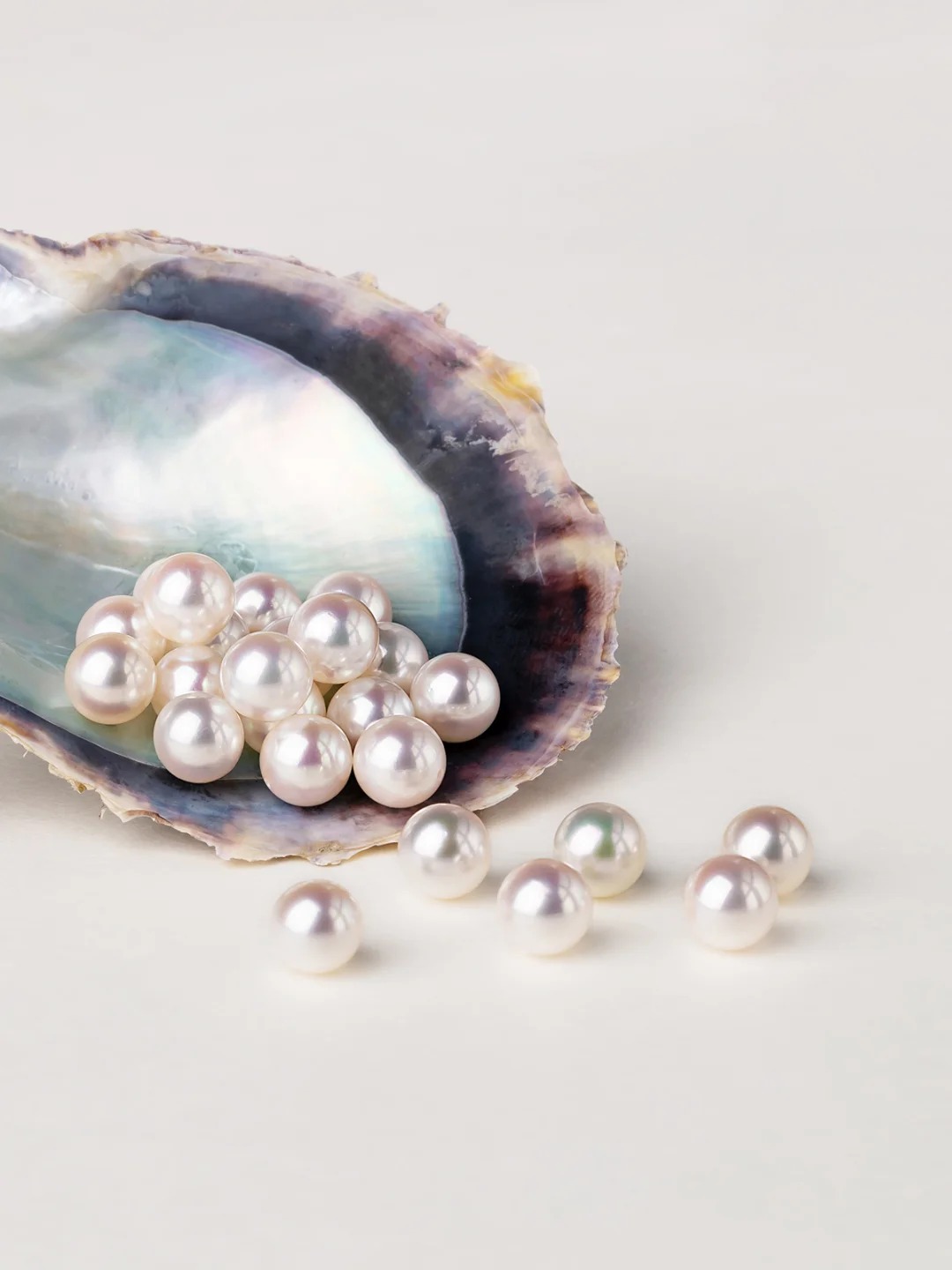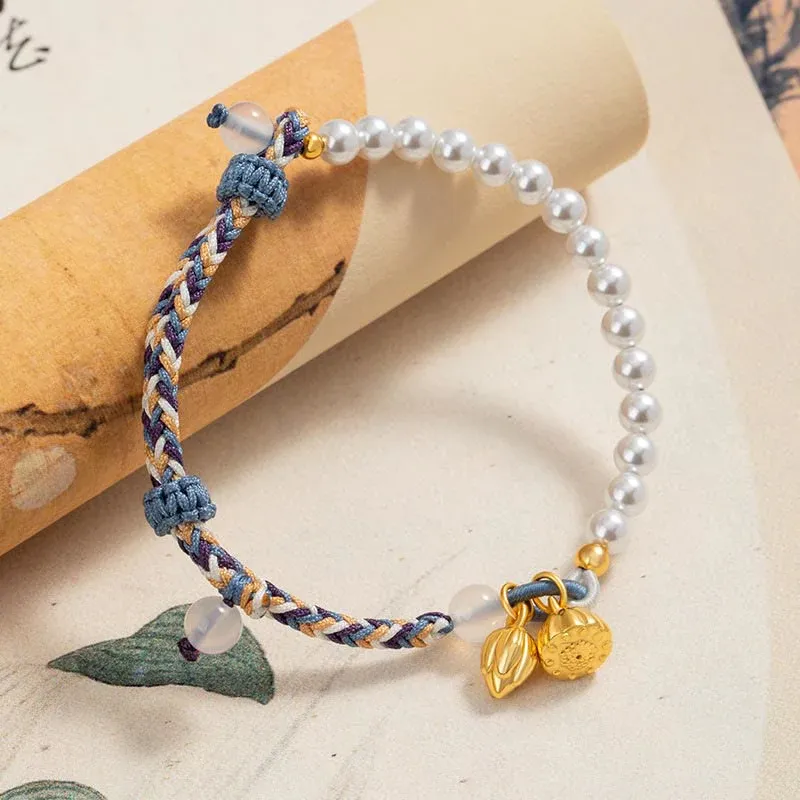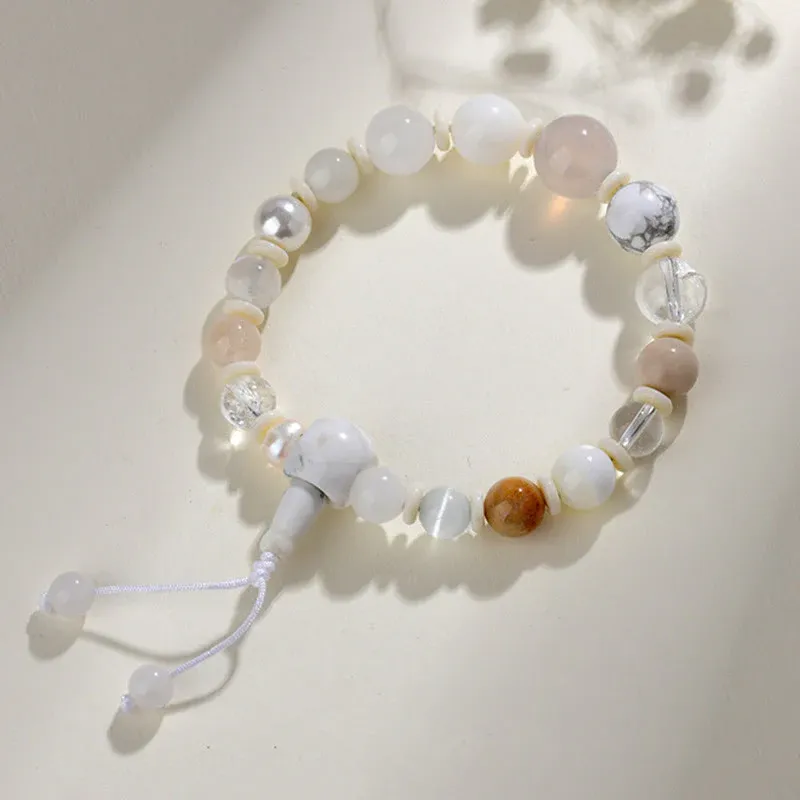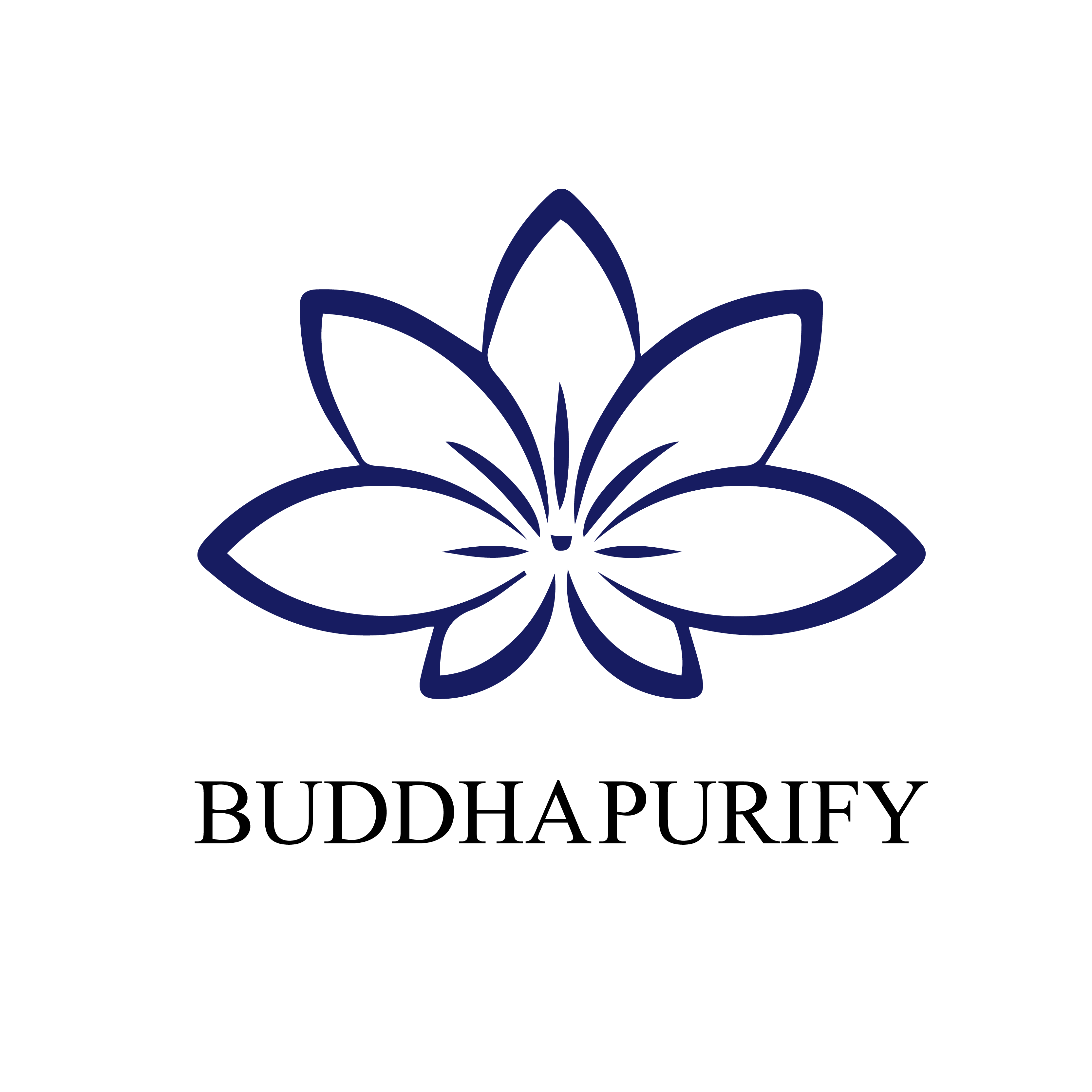The Origin, Classification, and Health Benefits of Pearls: A Timeless Legacy of Beauty
Pearls, also known as mollusk pearls or clam pearls, are an ancient organic gemstone mainly produced inside pearl oysters and mollusks. Pearls are mineral particles composed of calcium carbonate, formed by the secretion of mollusks, and are made up of numerous tiny aragonite crystals. They come in a wide variety of types, shapes, and colors, offering a dazzling array of choices.
Geological and archaeological research has shown that pearls have existed on Earth for over 200 million years. In China, pearls have been used in medicine for more than 2,000 years. Internationally, pearls are also regarded as the birthstone for June and the commemorative stone for the 13th and 30th wedding anniversaries. With their splendid colors and elegant charm, pearls symbolize health, purity, wealth, and happiness, making them cherished by people throughout history.
There are two types of pearls: freshwater pearls and saltwater pearls.
Basic Information
Pearls form when a foreign particle enters the mantle or inner layers of certain mollusks, causing the mollusk to coat the particle with nacre, forming a dense, layered structure. Pearls come in various shapes, with round and pear shapes being the most typical. They also appear in a wide range of colors, usually white or light shades, and exhibit varying degrees of luster. Pearls can be used for both decoration and medicinal purposes.
The English word for pearls, "Pearl," is derived from the Latin word "Pernulo." Another name for pearls, "Margarite," originates from ancient Persian and Sanskrit, meaning "child of the sea."
In ancient times, early humans discovered pearls while foraging along the seashore. Attracted by the iridescent glow and beauty of these white pearls, they began using them as adornments, a practice that has been passed down through generations.
Physical Characteristics
Pearls come in various shapes, including round, pear-shaped, egg-shaped, teardrop-shaped, button-shaped, and irregular forms, with round being the most highly valued. Pearls are heterogeneous in structure. Their colors range from white, pink, light yellow, light green, light blue, brown, light purple, to black, with white being the most common. Pearls exhibit a typical pearl luster, which is soft and often shows iridescent hues. They are transparent to semi-transparent, with a refractive index of 1.530-1.686 and a hardness of 2.5 to 4.5. The density of natural freshwater pearls usually ranges from 2.66 to 2.78 g/cm³, depending on their origin. Pearls are fairly tough and, under shortwave ultraviolet light, white pearls may appear pale blue or yellow, while yellow and golden pearls may show yellow-green tones. Black pearls typically display pink to orange fluorescence under X-rays and will effervesce when exposed to hydrochloric acid.
History
China is one of the earliest countries in the world to utilize pearls. Over 4,000 years ago, records in the "Book of Documents" mention that pearls could be found in river mussels. References to pearls also appear in works like the "Classic of Poetry," "Classic of Mountains and Seas," and "Erya." Pearls can be classified into natural pearls and cultured pearls. Natural pearls form spontaneously inside the bodies of mollusks, while cultured pearls are produced through human intervention. Traditionally, pearls are further categorized into saltwater pearls, freshwater pearls, and imitation pearls, with freshwater pearls originating from rivers and lakes.
China's pearl farming techniques are now highly advanced, making pearls more affordable to the public. According to the "Book of Documents," the history of pearl harvesting in China dates back to the Xia Dynasty, over 4,000 years ago, when pearls from the Huai River were designated as tribute. By the time of the Qin and Han dynasties, pearl accessories had become increasingly popular among the nobility.
In Chinese medicine, pearls have been used for over 2,000 years. Ancient medical texts like the "Supplementary Records of Famous Physicians" (Three Kingdoms period), the "Herbal Classic" (Liang Dynasty), "Haiyao Bencao" (Tang Dynasty), and "Bencao Gangmu" (Ming Dynasty) document the medicinal properties of pearls. Pearls were believed to have benefits for the eyes and skin, as well as calming properties.
In the Yuan Dynasty, people often mixed honey and pearl powder in their drinks for its purported health and cooling effects. The renowned Ming Dynasty physician Li Shizhen emphasized the medicinal value of pearls, stating that pearls could moisturize and beautify the skin.
Types of Pearls
South Sea Pearls
South Sea pearls are produced naturally or through cultivation in the South Pacific region. The major producers include Australia, Indonesia, the Philippines, and Myanmar. These pearls are known for their large size and lustrous appearance.
Chinese South Sea Cultured Pearls
Chinese cultured South Sea pearls entered the international market in the 1980s, and production levels now rival those of Japanese pearls. China's main production areas are in Guangxi and Hainan.
Akoya Pearls
Akoya pearls come from Japan and are known for their perfect round shape and strong luster. These pearls typically measure 6-9 mm in diameter.
Freshwater Pearls
Freshwater pearls are predominantly sourced from China, accounting for 80% of the world's supply. They are generally smaller and less symmetrical than Akoya pearls but are more affordable.
Tahitian Black Pearls
Tahitian black pearls are produced in French Polynesia. Known for their dark base color with overtones of peacock, purple, and blue, they are highly prized for their metallic luster.
Conch Pearls
Conch pearls are rare natural pearls found in the Gulf of Mexico and the Caribbean. They are typically pink and range from 2-3 mm in diameter.
Mabe Pearls
Mabe pearls, often half-spherical in shape, are cultivated primarily in Japan. They are used in jewelry due to their large size and unique appearance.
Modern Uses of Pearls
According to modern research, pearls have properties that can enhance the immune system, delay aging, and promote skin health. In traditional Chinese medicine, pearls are used to calm the mind, clear the eyes, and treat throat infections.
I. Health Benefits of Wearing Pearl Jewelry
- Promotes Blood Circulation: Wearing a pearl necklace creates gentle friction on the skin of the neck, helping to stimulate energy flow and improve blood circulation, thus enhancing complexion and promoting overall holistic health.
- Relieves Neck Pain: An appropriately sized pearl necklace can ease the burden on the neck, relieving neck pain and promoting physical balance—a key aspect of mindful living.
- Boosts Immunity: Pearls contain various trace elements and minerals, such as zinc, selenium, and calcium, which can strengthen the immune system and improve the body’s resistance, much like spiritual purification tools work on the energy body.
- Calms the Mind and Improves Sleep: Pearls have a calming effect and can soothe the mind, similar to meditation tools. Wearing a pearl necklace helps improve sleep quality, alleviating insomnia and bringing about inner peace.
- Regulates Endocrine System: The nutrients in pearls help regulate the endocrine system, improving symptoms like menstrual irregularities, aligning with the concept of karma balance in spiritual practices.
II. Psychological Effects of Wearing Pearl Jewelry
- Enhances Confidence: Wearing a beautifully crafted pearl necklace enhances confidence, much like wearing spiritual jewelry or using Buddhist artifacts, allowing you to radiate charm in any situation.
- Reduces Stress: The beauty and value of pearls offer emotional comfort, much like practicing mindfulness or engaging with Zen lifestyle products, helping reduce the stress from everyday life.
- Increases Fashion Sense: A stylish pearl necklace showcases personal taste, much like spiritual accessories designed to elevate one's energy purification and wealth.
- Boosts Grace and Elegance: The elegant design and unique luster of pearl necklaces enhance one’s overall aura, much like Buddha statues and spiritual enlightenment tools which elevate the ambiance of a space.
- Inspires Positivity: Wearing a pearl necklace encourages the pursuit of a better life, much like meditation accessories and tools for soul growth that inspire you to face life's challenges with an optimistic mindset.
III. Social Impact of Wearing Pearl Jewelry
- Expresses Respect: Wearing a pearl necklace at formal occasions conveys respect for others, similar to how Zen lifestyle practices and the use of meditation tools deepen respect for interpersonal relationships.
- Elevates Personal Image: The sophisticated design of a pearl necklace enhances your personal image, making you stand out in business or social gatherings, much like how spiritual living and Buddhist artifacts elevate one's spiritual presence.
- Increases Social Appeal: Wearing a pearl necklace can boost social appeal, making you more attractive and approachable, much like the use of mindfulness products in daily life increases your positive energy in social interactions.
- Conveys Emotion: Wearing a pearl necklace during special occasions or celebrations conveys feelings of care and blessings, much like giving someone spiritual jewelry or products that enhance energy purification.
- Strengthens Cultural Identity: Wearing a pearl necklace allows you to appreciate the beauty of traditional culture, much like engaging with Buddhist artifacts or meditation accessories that connect you with deeper spiritual practices.

Brand Introduction: BuddhaPurify
BuddhaPurify is a brand deeply rooted in the rich heritage of Chinese traditional culture and Buddhist practices. Our mission is to offer a unique blend of ancient wisdom and modern elegance through our products, which are designed to enhance spiritual well-being, personal growth, and holistic health.
Foundation and Philosophy
Inspired by the timeless teachings of Buddhism and the profound traditions of Chinese culture, BuddhaPurify is dedicated to providing products that reflect the serene and enlightened aspects of these ancient philosophies. Our brand is built on the principles of mindfulness, purity, and spiritual harmony, aiming to bring balance and tranquility to our customers' lives.
Cultural Enrichment
We believe in the power of cultural enrichment and strive to educate and inspire our customers through the stories and meanings behind our products. Our brand seeks to bridge the gap between traditional spiritual practices and contemporary life, offering products that resonate with both ancient wisdom and modern sensibilities.
Conclusion
BuddhaPurify is more than just a brand; it is a journey into the heart of Chinese traditional culture and Buddhist spirituality. Through our thoughtfully curated products, we aim to support your quest for inner peace, spiritual growth, and a balanced life. Explore our collection and experience the harmonious blend of tradition and tranquility that defines BuddhaPurify.





